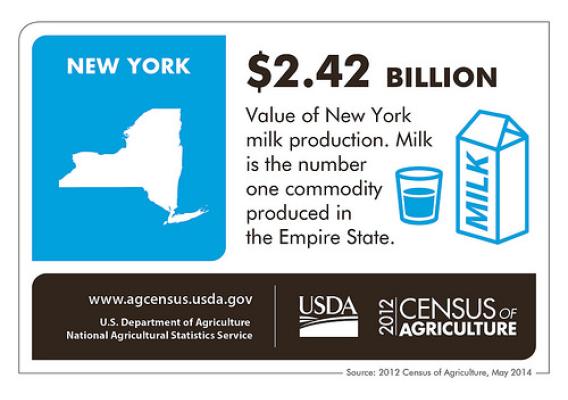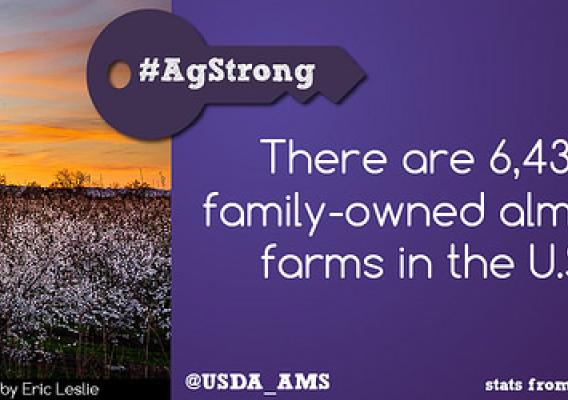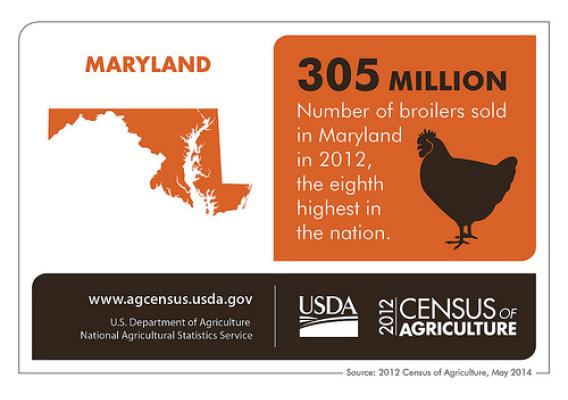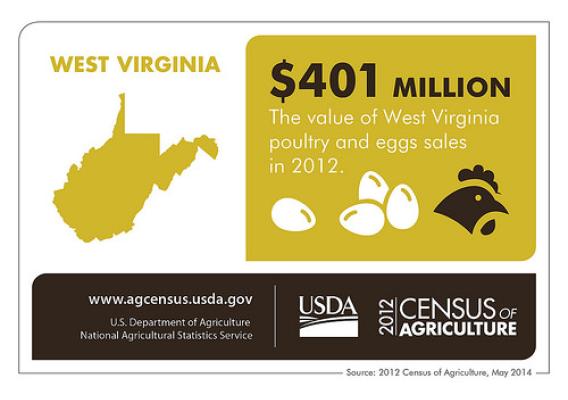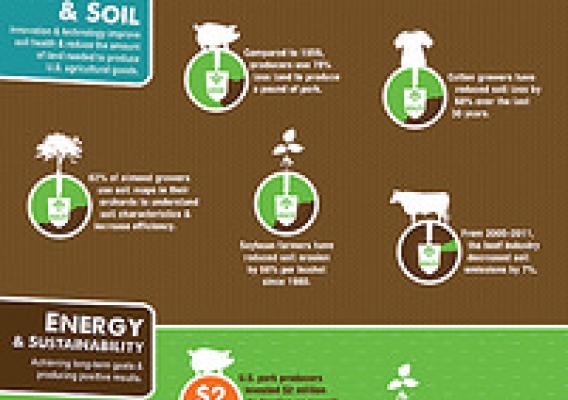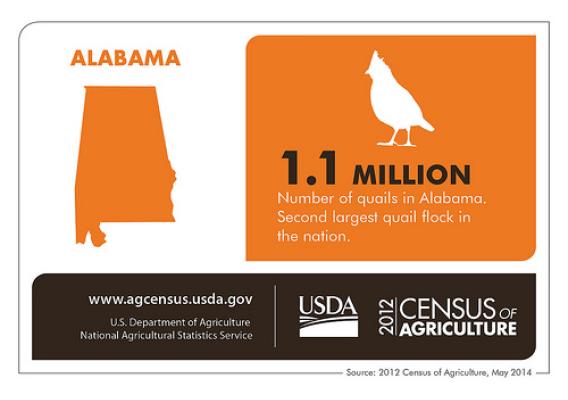The Census of Agriculture is the most complete account of U.S. farms and ranches and the people who operate them. Every Thursday USDA’s National Agricultural Statistics Service will highlight new Census data and the power of the information to shape the future of American agriculture.
The 2012 Census of Agriculture results are out, and it is clear that here in Maryland, we have a little bit of everything. Although our state is small, the geography is diverse, providing suitable environments for a variety of agricultural commodities. From the Atlantic shore, to mountainous terrain, and from a diversity of livestock to an array of crops, Maryland truly is America in miniature.
In the Free State, about 69 percent of land in farms is cropland. We have 435,646 acres of corn for grain, 1,936 acres of oats for grain, 475,615 acres of soybeans for beans, and 210,354 acres of wheat for grain. In fact, 31.5 percent of the total market value of agriculture products sold comes from grains, oilseeds, dry beans, and dry peas. We also have almost every fruit and vegetable in the Census. The sandy environment near the shoreline is conducive to growing watermelons, of which we have 3,278 acres; and, the higher altitudes provide opportunities for producing grapes and peaches, of which we have 681 acres and 999 acres respectively.

